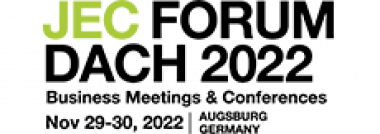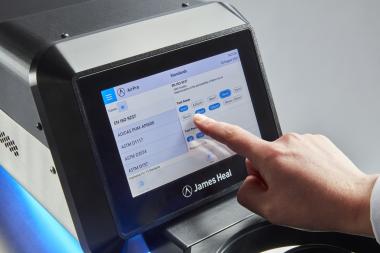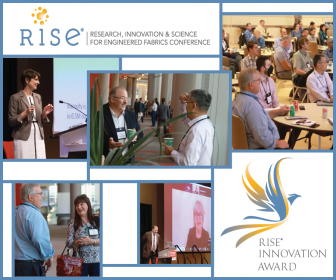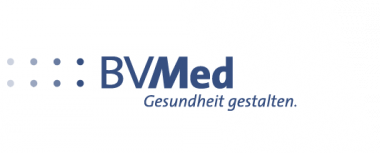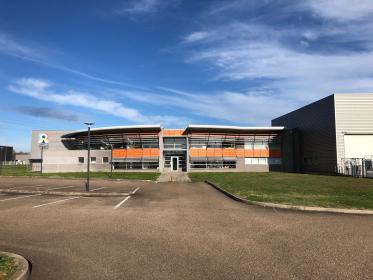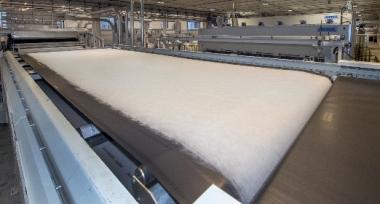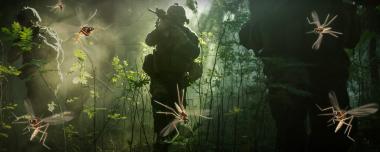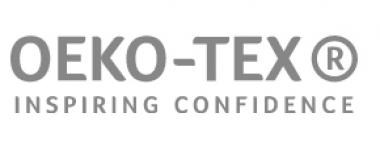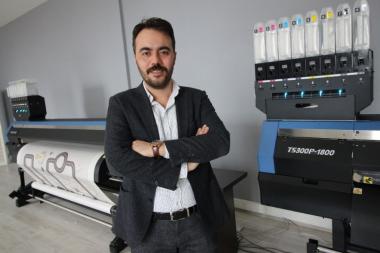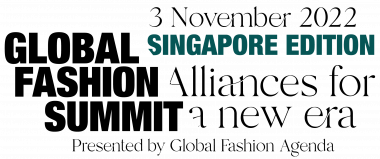JEC Forum DACH reveals the Startup Booster Finalists
JEC Forum DACH‘s primary goal is to promote the DACH region’s dynamic composites ecosystem. Besides an extensive program of business meetings and conferences, innovation will have a special place in Augsburg from November 29 to 30, 2022 as attendees will have the opportunity to witness the JEC Composites Startup Booster and the AVK Awards. Winners of both competitions will be announced during a dedicated ceremony on November 29th.
The five finalists are:
BioWerkz: Closing the Loops
At BioWerkz a new bio-based, resource-efficient, and CO2-negative material called “NEWood” is developed, using only wood waste and agricultural waste bound using fungal mycelium; the root network of mushrooms as a natural binder without the need for any synthetic binders.
Bufo Technology – HARDCORK: High-Performance Biobased Composite – Superior by nature
Bufo Technology has developed the high-performance composite material HARDCORK® made from cork, fibers and a thermosetting matrix. HARDCORK® can be manufactured as a core material, sandwich panel or complex molded part.
Cavicore: Water soluble salt cores for the production of hollow carbon fiber parts
CAVICORE produces ready-to-use water soluble cores for the realization of hollow composite parts. Their “lost cores” have the advantage of being temperature-resistant, stable as well as eco-friendly and recyclable, as they consist of pure salts without binders.
Composite Recycling: Closing the loop on Composite Materials
Composite Recycling has developed a highly energy efficient and sustainable process to separate the resin from the fibres. With the Ecole Polytechnique Fédérale de Lausanne, the team has designed a post-treatment to clean the fibres and make them reusable in new composites, closing the loop.
Microwave Solutions GmbH: Imagineering a sustainable future
Agile and modular microwave plasma and selective depolymerization technology for molecular recycling, fiber recovery and nanomaterial creation.
JEC Group


